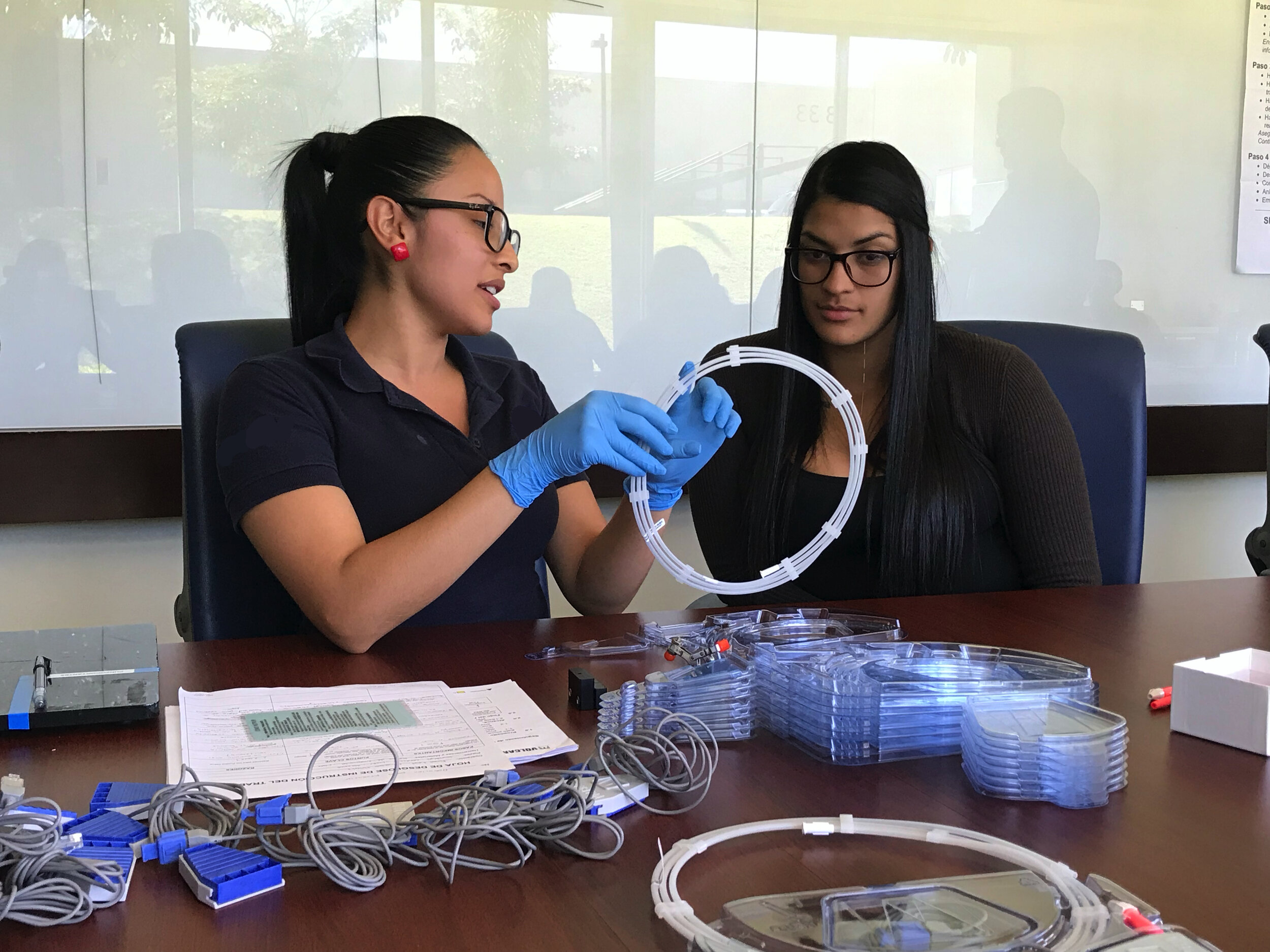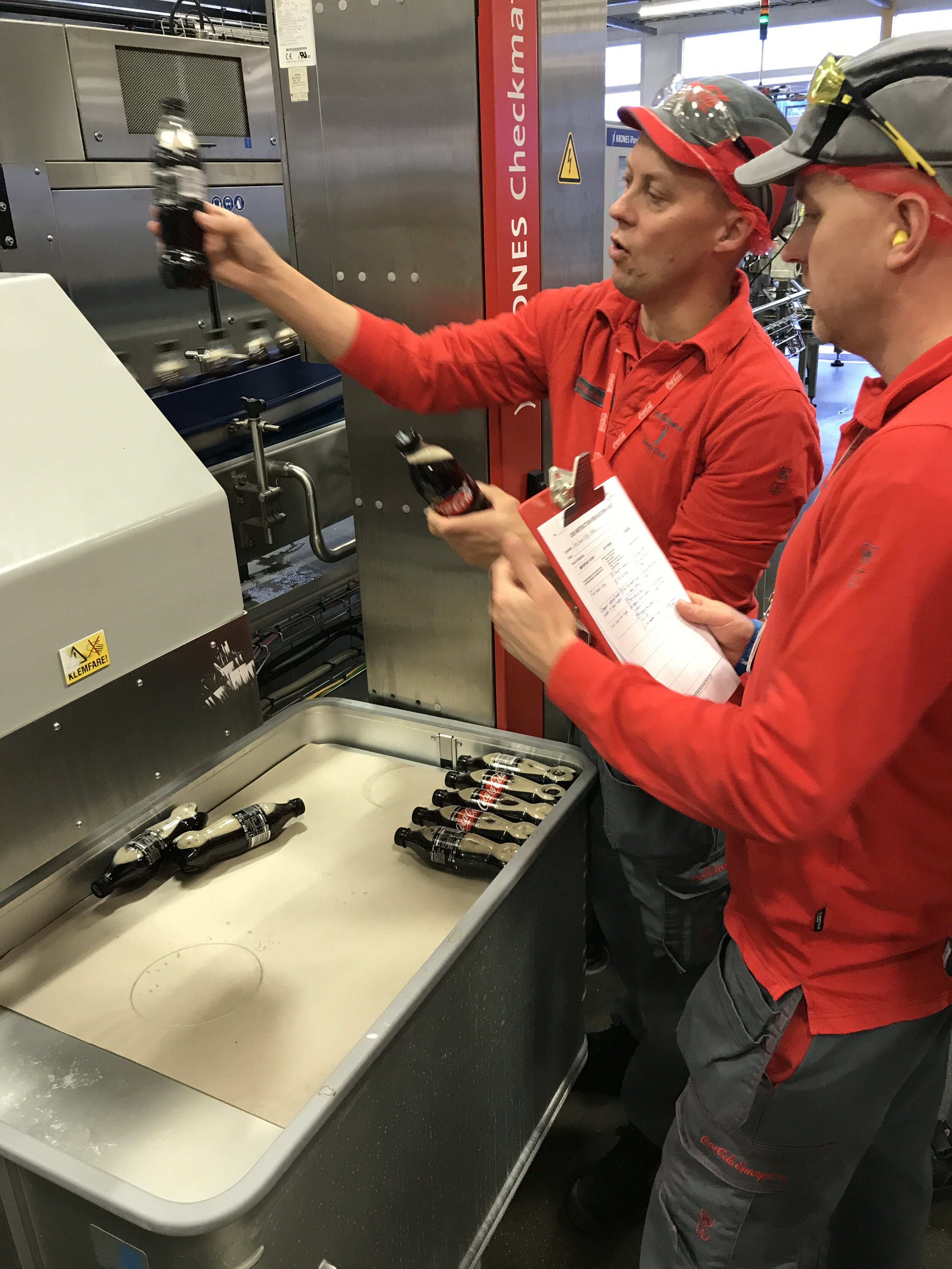TWI JOB INSTRUCTION
What is TWI Job Instruction? (TWI JI)
The purpose of TWI Job Instruction (TWI JI) is to use better on-the-job training to accelerate on-boarding of new employees and to improve the performance of experienced employees. TWI JI ensures that the trainees quickly remember exactly how to do their jobs efficiently, safely, conscientiously and above all to do it correctly every time.
TWI Job Instruction is an essential foundational skill supervisors require for on the job training, to stabilise processes and to implement and sustain standardised work.
Through the standardised TWI Job Instruction training program, supervisors learn how to deliver effective on the job training that ensures people reliably perform every task exactly the way it should be done to get consistently good results. TWI Job Instruction is a highly effective foundation skill to support standardisation efforts. By applying TWI Job Instruction consistently, organisations achieve stable, reliable process performance.
“Generally, work method variation can be traced back to faulty on-the-job training and follow-up”
The four-step method of TWI Job Instruction (TWI JI)
Participants of TWI Job Instruction training learn how to prepare Job Instruction Breakdowns that capture the know-how of the best workers. Writing good TWI Job Instruction breakdowns requires plenty of practice and coaching. Once a JI breakdown has been written and tested, the supervisor uses the 4-Step TWI JI Method to deliver highly effective and efficient job-skills training. Like all Training within Industry methods, TWI JI has four steps.
1. Prepare the learner
In Step 1 of TWI Job Instruction the job-skills trainer prepares the trainee for the training. The trainer states the job and finds out how much related knowledge and skill the person has. The trainer then motivates the trainee to learn the job, and places the trainee in the position where s/he can see and hear the instruction clearly.
2. Present the operation
In Step 2 of TWI JI the trainer presents the job step by step, following a carefully prepared breakdown detailing the performance-critical aspects of the job, as well as knacks and tricks shared by the most experienced workers. Each of the instructed key points is reinforced with a clear explanation why it is vital for the jobs success in terms of quality, safety or efficiency.
3. Try out performance
In Step 3 of TWI Job Instruction the trainee does the job repeatedly under the supervision of the trainer, who carefully spots & corrects any mistakes immediately. The expectation is for the learner to execute the breakdown exactly as it was demonstrated by the trainer in Step 2 of TWI JI, and to explain what s/he does, the key points, that is the precise technique of doing each important step correctly, and why this technique matters.
4. Follow up
Once the trainee has completed the supervised practice and ‘teach-back’ of the correct method of doing the job in Step 3, s/he progressively begins to work independently. In Step 4 of TWI JI is focused on practising the job and building the ‘muscle-memory’ to execute the job correctly and at the required pace. The trainer follows up with the trainee to see how s/he is doing, confirm that both the method and the outcome meet expectations and to answer questions. Finally, the TWI JI trainer formalises the employee’s certification to do the job independently and closes the period of follow-up and coaching.
“Squeezing method-variation is one of the most important responsibilities of supervisors”
Why are TWI Job Instruction (TWI JI) skills essential for standardised work and continuous improvement?
Thanks to ISO and other certification requirements, most businesses have work standards for their main processes defined on paper, including quality control plans, safety procedures, SOPs and work instructions.
But what we say we do and what actually happens on the process often does not quite match up. In many processes, people are still one of the most critical inputs. When you observe the work of operators and office staff, you often find plenty of differences in the way work is done across shifts, production lines and individuals.
This variation in job methods translates directly into output variation and mistakes. Squeezing method variation is therefore, arguably, the most important thing operations leaders can do to create stable, predictable process performance.
Generally, work method variation can be traced back to faulty on-the-job training and follow-up: training content might not be specified enough, too complex or delivered poorly. Follow-up is difficult or not done. This automatically leads to method variation on the process and affects outcomes.
Therefore, if we want to standardise work methods, we need to improve the way we train and follow up on the training. We need a simple and reliable training system: TWI Job Instruction - TWI JI.






